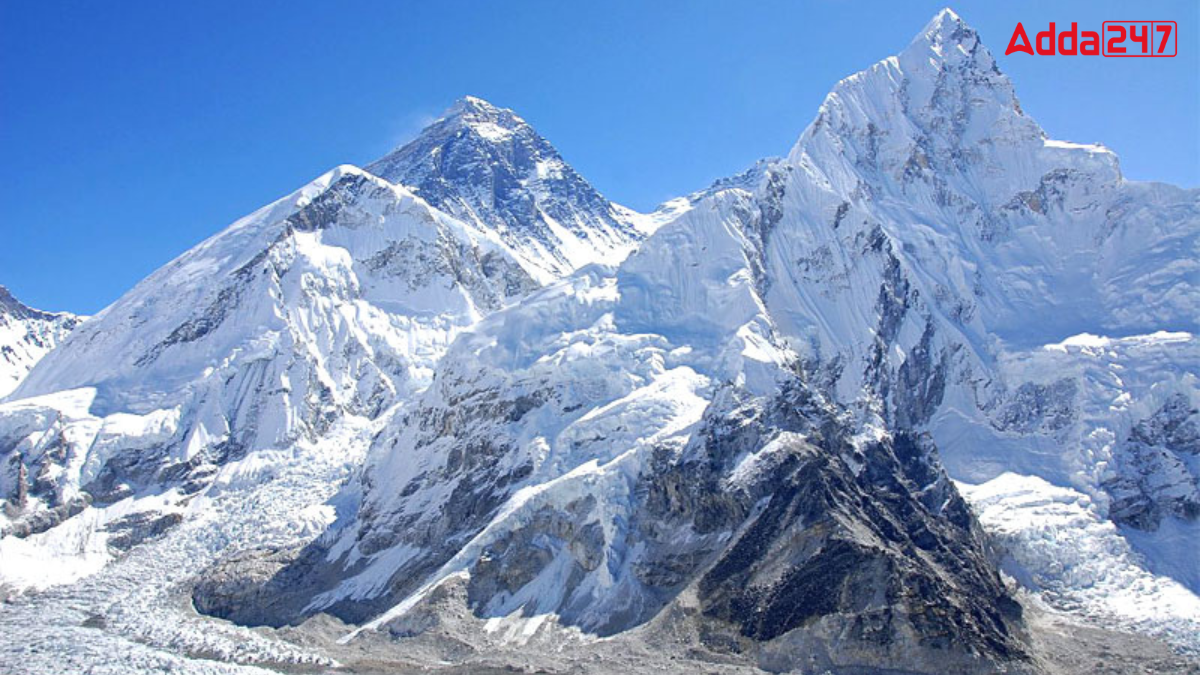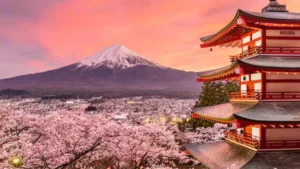There are many tall and beautiful mountains in the world, each with its own special name and history. Some mountains are famous for their height, while others are known for their cultural and religious importance. One such mountain is called the “Five Treasures of Great Snow.” This name comes from an old legend, and the mountain is believed to hold great treasures. Let’s learn more about this amazing peak.
The Five Treasures of Great Snow
The mountain known as “Five Treasures of Great Snow” is Kanchenjunga. It is the third-highest mountain in the world, with a height of 8,586 meters (28,169 feet). Kanchenjunga is located in the eastern Himalayas, on the border between Nepal and Sikkim (India). It is part of the Great Himalaya Range and is about 74 km from Darjeeling, India.
Formation and Glaciers of Kanchenjunga
Kanchenjunga is made up of rocks that are 445 million to 1 billion years old. The mountain receives heavy snowfall, especially during the summer monsoon season. The glaciers of Kanchenjunga include:
- Zemu Glacier (northeast)
- Talung Glacier (southeast)
- Yalung Glacier (southwest)
- Kanchenjunga Glacier (northwest)
History of Exploration
The first known map of Kanchenjunga was made in the mid-19th century by Rinzin Namgyal, a Tibetan explorer. In 1848-1849, British botanist Sir Joseph Hooker visited the region and described it. Many explorers tried to climb Kanchenjunga, but the mountain was very dangerous.
Attempts to Climb Kanchenjunga
- In 1905, a British-Swiss team attempted to climb but lost four members in an avalanche.
- In 1929 and 1931, German climber Paul Bauer tried but failed.
- In 1955, a British team led by Charles Evans finally reached the top but stopped just short of the summit to respect local religious beliefs.
Other milestones include:
- First solo ascent: Pierre Beghin (1983)
- First ascent without oxygen: Peter Boardman, Doug Scott, Joe Tasker (1979)
- First woman to reach the summit: Ginette Harrison (1998)



 Which Country is Known as the Land of Ch...
Which Country is Known as the Land of Ch...
 Which Bird is known as the King of Birds...
Which Bird is known as the King of Birds...
 Which City of Austria is Known as the Ci...
Which City of Austria is Known as the Ci...







